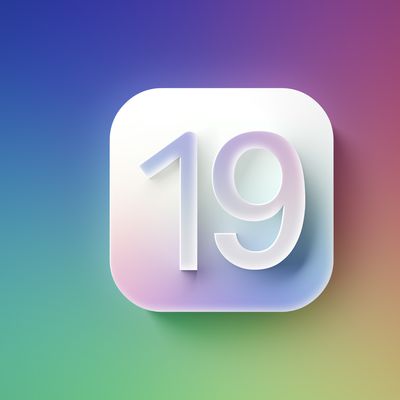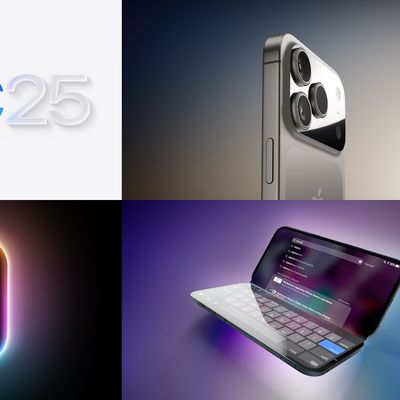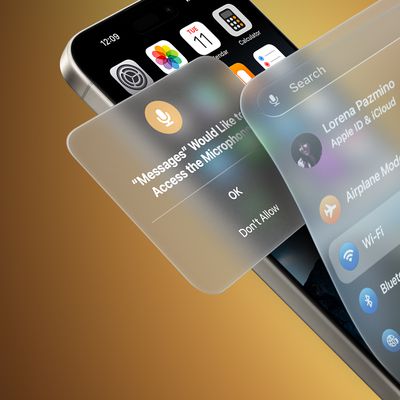NVIDIA/Intel Settlement Could Boost MacBook and MacBook Air Processor Speeds
Bloomberg reported last week that Intel and NVIDIA are in talks aimed at settling the legal dispute between the companies. The legal issues which began late last year
resulted in NVIDIA exiting the chipset business pending a resolution of the disagreement.
The details of the settlement were not revealed but a resolution could be good news for Apple, as pointed out by ArsTechnica.
Apple had adopted NVIDIA's chipsets to power its MacBook and MacBook Pro line in late 2008 providing their laptop line a boost in integrated graphics performance. The licensing dispute, however, prevented NVIDIA from supplying the next generation chipsets for Intel's Nehalem processors. This restriction most likely affected Apple's decision not to use the new Nehalem/Arrandale chips in the new MacBook Airs and the 13" MacBooks.
However, the licensing dispute meant that Apple couldn't upgrade the processors in some of its most portable machines, including the 13" MacBook models and its ultraportable MacBook Air, without giving up the benefit of the graphics boost from NVIDIA's integrated graphics. This, in turn, has left Apple to continue using Core 2 Duo processors - based on a decidedly outdated architecture - paired with an updated NVIDIA 320M controller. Despite the fact the final product offers good performance, the use of the positively ancient Core 2 Duo still looks bad for a company that markets premium products and demands a premium price.
Essentially, when given the choice between a faster processor vs faster integrated graphics in its price and space constrained machines, Apple opted for faster video performance.
If Intel and NVIDIA are able to come to terms and NVIDIA is able to provide next generation chipsets, Apple may be able to offer both the latest Intel CPUs and NVIDIA integrated graphics chips across all their machines.
Popular Stories
Apple today released iOS 18.4 and iPadOS 18.4, the fourth major updates to the iOS 18 and iPadOS 18 operating system updates that came out last year. iOS 18.4 and iPadOS 18.4 come two months after Apple released iOS 18.3 and iPadOS 18.3.
Subscribe to the MacRumors YouTube channel for more videos.
The new software can be downloaded on eligible iPhones and iPads over-the-air by going to...
iOS 19 will not be available on the iPhone XR, iPhone XS, or the iPhone XS Max, according a private account on social media site X that has accurately provided information on device compatibility in the past.
The iPhone XR, iPhone XS, and iPhone XS Max all have an A12 Bionic chip, so it looks like iOS 19 will discontinue support for that chip. All other iPhones that run iOS 18 are expected...
While the iPhone 17 Pro and iPhone 17 Pro Max are not expected to launch until September, there are already plenty of rumors about the devices.
Below, we recap key changes rumored for the iPhone 17 Pro models as of March 2025:
Aluminum frame: iPhone 17 Pro models are rumored to have an aluminum frame, whereas the iPhone 15 Pro and iPhone 16 Pro models have a titanium frame, and the iPhone ...
Apple today released new firmware updates for all AirPods 4 and AirPods Pro 2 models. The new firmware is version 7E93, up from the 7B21 firmware that was installed on the AirPods Pro 2 and the 7B20 firmware available on the AirPods 4 and AirPods 4 with ANC.
It is not immediately clear what new features or changes are included in the new firmware, but we'll update this article should we find ...
Apple's big developer event is a little over two months away, and rumors about what we can expect to see in Apple's next major operating system updates are becoming increasingly frequent.
A public release of iOS 18.4 is also imminent with a number of updates and improvements, although we won't be getting the major Apple Intelligence Siri upgrades that had reportedly been planned for this...
Multiple sources have claimed that iOS 19 will introduce a new design with more translucent buttons, menus, notification banners, and more, and there is now another clue that points towards this glass-like appearance.
Bloomberg's Mark Gurman today said the new design project is codenamed "Solarium" internally. A solarium is a room with glass walls that allow in plenty of sunlight, so this...
Apple today released macOS Sequoia 15.4, the fourth major update to the macOS Sequoia operating system that launched in September. macOS Sequoia 15.4 comes two months after the launch of macOS Sequoia 15.3.
Mac users can download the macOS Sequoia update through the Software Update section of System Settings. It is available for free on all Macs able to run macOS 15.
With...
Apple is reportedly working on a new Magic Mouse. Below, we recap what to expect.
The two key rumors for the Magic Mouse 3 so far include a relocated charging port, along with a more ergonomic design.
It was briefly rumored that the Magic Mouse 3 would also feature voice control, but that was misinterpreted information.
Relocated Charging Port
While the Magic Mouse switched from...























